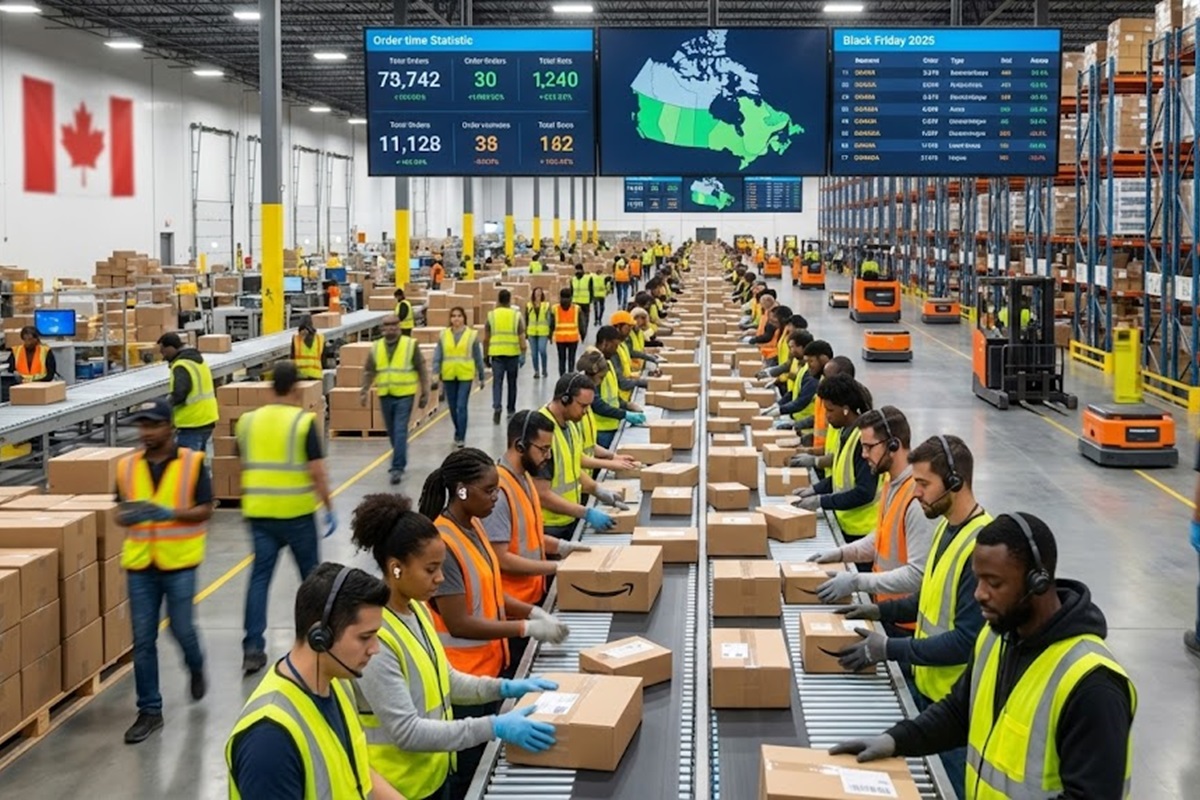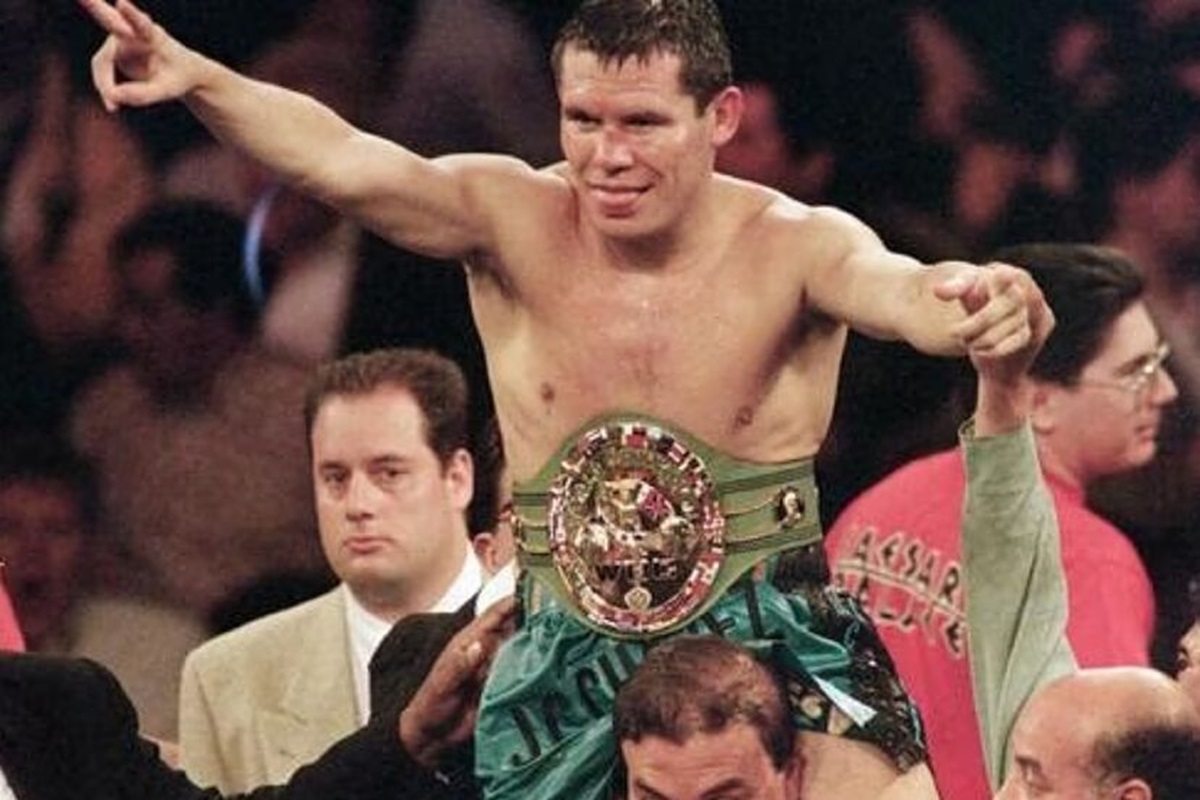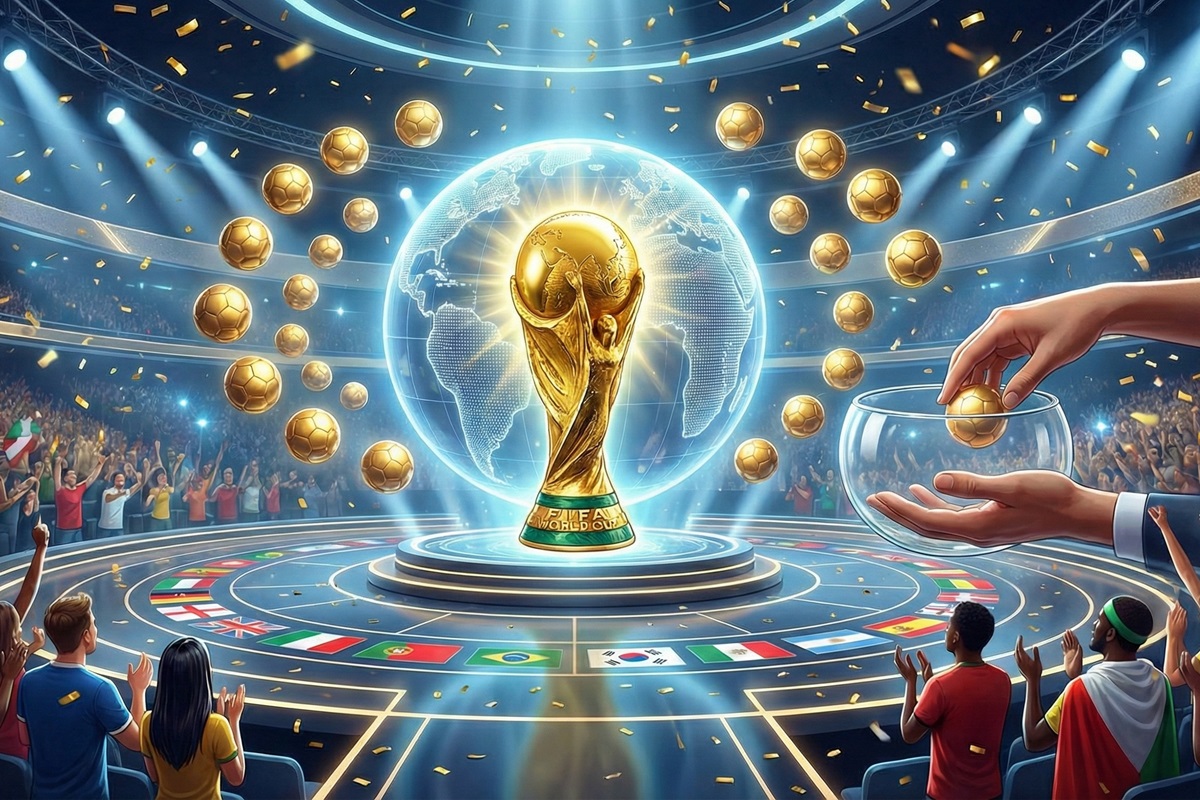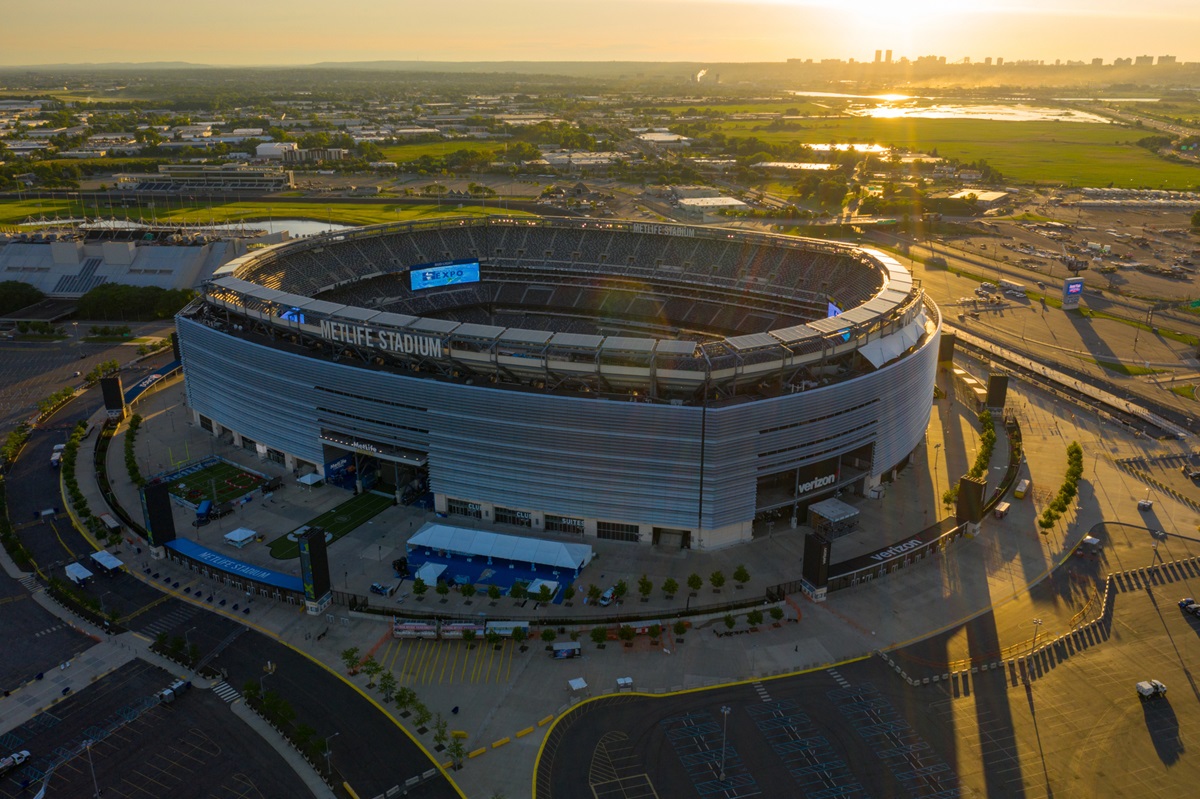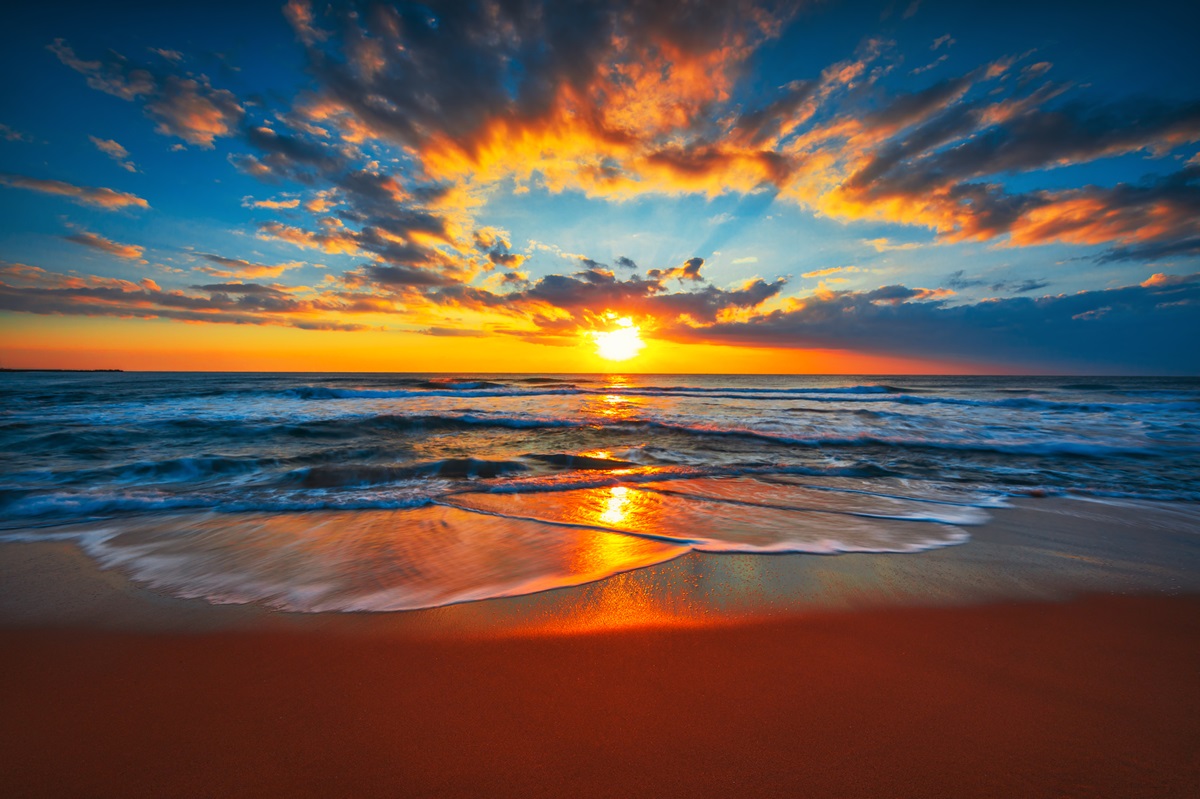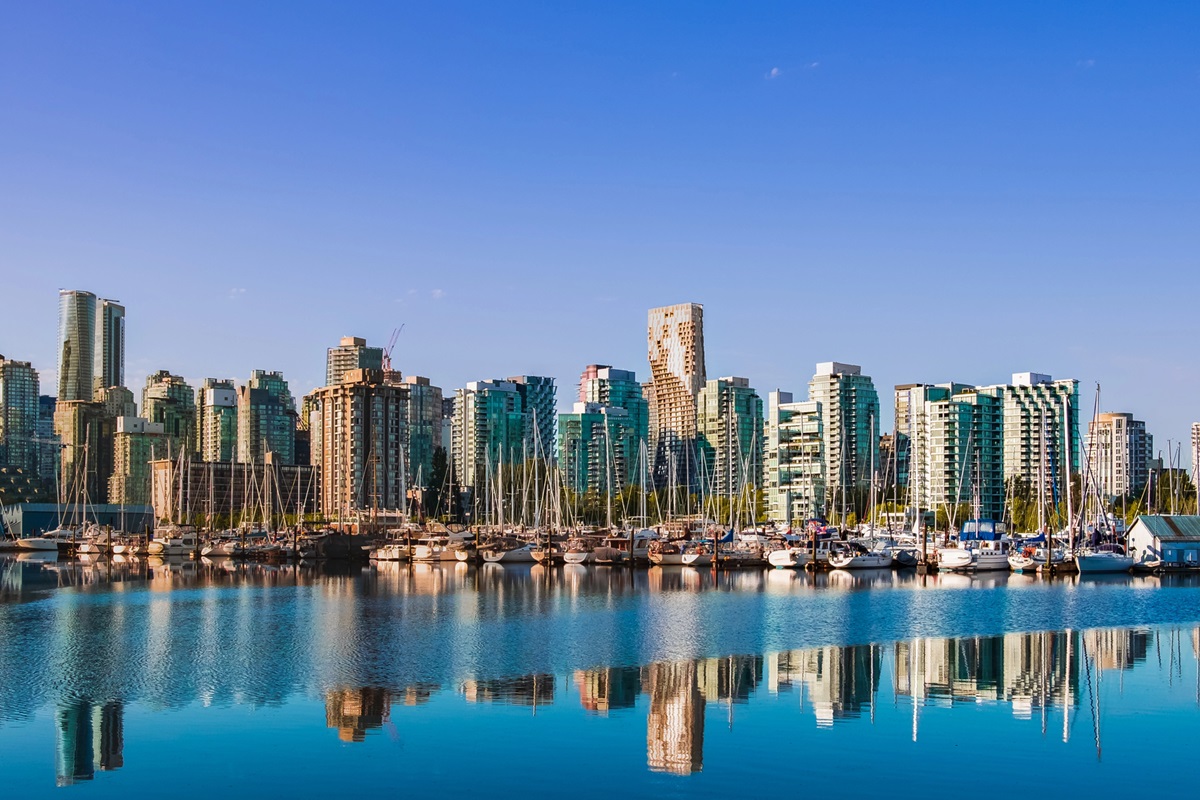The 2026 FIFA World Cup is already shaping up to be the most lucrative sporting event in history—and Canada will be at the heart of it. With Toronto and Vancouver among the 16 host cities, and the Canadian men’s national team competing on home soil, the tournament presents both a once-in-a-lifetime sporting moment and a massive commercial opportunity.
Toronto has secured Ontario Power Generation (OPG) as its first official “Host City Supporter,” a landmark local sponsorship deal made possible through a new collaboration framework with FIFA. OPG will play a central role in enhancing the fan experience during the tournament, from a presence at the FIFA Fan Festival to initiatives that involve residents and visitors alike. The company will also showcase major energy infrastructure projects and its commitment to Ontario’s economic growth, while supplying locally produced Clean Energy Credits to power the stadium with low-carbon energy—underscoring Toronto’s sustainability goals.
The economic impact for Canada could be substantial. Toronto will host six matches, including the first men’s FIFA World Cup match ever played on Canadian soil on June 12, 2026, and a round of 16 fixture on July 2. A Deloitte Canada economic assessment projects the Greater Toronto Area could see a CA$940 million boost, including CA$520 million in GDP growth, CA$340 million in labor income, CA$25 million in government revenues, and the creation of more than 6,600 jobs between 2023 and 2026. Vancouver will also be a key venue, reinforcing Canada’s reputation as a host that blends organizational excellence, cultural diversity, and environmental stewardship.
A Tournament Like No Other
The 2026 FIFA World Cup will feature an expanded format of 48 national teams and 104 matches. The geographical scope is unprecedented: 16 host cities spread across the United States, Mexico, and Canada. Each city—from Vancouver to Mexico City—will stage its own fan festival, offering immersive experiences and brand activations designed to resonate with millions of visitors and billions of viewers.
Global sponsorship revenue is projected between US$2.5 and US$3 billion, a figure comparable to the total annual exports of some mid-sized nations. For Canada’s cities, the tournament is both an opportunity to showcase themselves on a global stage and a chance to benefit from FIFA’s vast commercial ecosystem.
The Giants of Global Sponsorship
At the top of FIFA’s sponsorship pyramid are the tier 1 partners—Adidas, Coca-Cola, Hyundai/Kia, Visa, Aramco, Qatar Airways, and Lenovo—with global rights to all FIFA tournaments. Their contracts exceed US$70 million, and many are long-term relationships renewed from one World Cup to the next.
Tier 2 sponsors, including Michelob Ultra, Bank of America, Lay’s, McDonald’s, Mengniu, Dove, and Verizon, spend between US$65 million and US$95 million, focusing heavily on the men’s tournament and high-impact campaigns.
Tier 3 brands—such as Diageo, The Home Depot, Valvoline, and Rock-it Cargo—have more limited rights but pursue targeted, intensive market activations. The Home Depot, for example, will leverage its store network in all three host nations, while Valvoline Global marks its 160th anniversary by debuting at a sporting event of this scale, pairing its innovation-driven image with the World Cup’s energy.
Related content: Canada and Mexico gain FIFA World Cup Destination Advantage
Newcomers and Regional Flexibility
FIFA has loosened its approach to sponsorship exclusivity, opening the door to region-specific deals. This is why American Airlines will share a category with Qatar Airways in North America—something previously unimaginable. The move is designed to maximize revenue and give brands a foothold in priority markets.
The Logistical Challenge
For sponsors, activating campaigns across three countries and 16 cities is far more complex than the compact setup of Qatar 2022. The dispersion means higher costs and intricate cross-border coordination. Brands are prioritizing high-match cities like Dallas, Atlanta, Los Angeles, and New York/New Jersey for their large fan concentrations and strong commercial appeal, often supplementing their national deals with city-specific agreements.
Protecting the Official Stage
FIFA strictly defends its intellectual property—from logos and slogans to mascots—and cracks down on ambush marketing through “clean zones” around stadiums and legal enforcement. Nonetheless, creative workarounds exist. Volkswagen, for example, capitalizes on its relationship with the U.S. Soccer Federation to stay relevant without infringing FIFA rules.
A Diverse, Complex Audience
The North American World Cup audience is a patchwork of cultures and traditions. In the United States, the rapid growth of Major League Soccer and the influence of the Hispanic market are critical. In Canada, the men’s team’s qualification and the rise of the Canadian Premier League have sparked unprecedented excitement. Mexico maintains its deep-rooted passion for football, with Liga MX as its cultural anchor.
For brands, the challenge is to move beyond a single global message and tailor campaigns to resonate locally.
Beyond Logo Visibility
Experts stress that the best returns come from campaigns that integrate into the tournament’s narrative, offering memorable experiences that create lasting emotional connections. The brands that build community and loyalty during the World Cup stand to benefit long after July 2026, as football’s popularity surges across North America.
The Bigger Picture
FIFA expects total revenue for the 2023–2026 cycle to exceed US$13 billion, driven by an estimated audience of over 5 billion and more than 700 billion interactions. In the U.S. alone, the tournament is projected to contribute US$47 billion to GDP and generate nearly 300,000 jobs.
While the scale of the World Cup comes with risks—regulatory differences, immigration policies, and security challenges across three countries—the consensus is that the rewards outweigh them. The 2026 edition will crown not only a world champion on the pitch but also the brands that master the art of playing on sport’s biggest commercial stage.


